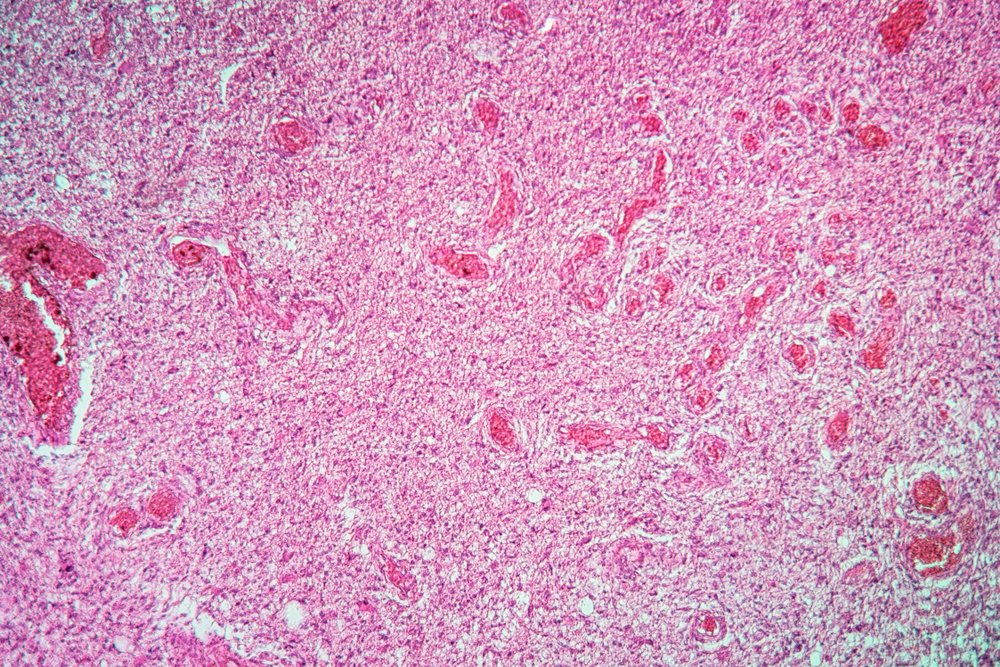Gliomas represent a prominent challenge in the world of brain tumours, especially among adults. These brain tumours come with an often grim outlook for patients.
Despite the combined power of surgery, radiation, and chemotherapy, achieving ideal outcomes is challenging. One of the primary obstacles is the invasive nature of gliomas, making complete surgical removal nearly unattainable. Additionally, the blood-brain barrier severely restricts the efficacy of chemotherapy, allowing only a tiny fraction of the drugs to target the tumour.
ROS-based Nanotherapy: The Pioneering Development
In the face of this medical impasse, the emergence of ROS-based nanotherapies has captured significant attention from both the medical and investor communities. But what is ROS?
Reactive Oxygen Species (ROS) might sound like complex jargon, but they’re essentially chemically reactive molecules present in our bodies. While they have the potential to inflict cellular damage, they also possess the capacity to bring about therapeutic benefits. One of the most notable advantages is their ability to induce death in tumour cells, a process crucial for halting the progression of many cancers.
The Promise of ROS-based Nanotherapies
Now, imagine combining the potential of ROS with the precision of nanotechnology. That’s exactly what ROS-based nanotherapies aim to achieve. By harnessing the reactive nature of these molecules, nanotherapies are designed to produce and control large amounts of ROS specifically within problematic cells, like those in gliomas.
The brilliance of this approach lies in its precision. Instead of deploying a ‘blanket’ treatment that affects healthy and cancerous cells, these nanotherapies can target glioma cells precisely. Once targeted, the elevated ROS levels within these cells work to neutralise them, paving the way for a potential revolution in how we combat such malignancies.
This convergence of science and innovation is getting significant traction in the medical market. According to Precedence Research by 2030, the Nanomedicine market is anticipated to surpass $ 960 billion, showcasing a compound annual growth rate (CAGR) of 11% between 2022 and 2030.
The report said, “The technological improvements such as applications in early illness diagnosis, prevention of acute and chronic ailments, and preventive intervention are likely to drive the nanomedicine market expansion.”
Overcoming Obstacles in Nanotherapeutic Research
Navigating the path to realising ROS-based nanotherapies is fraught with challenges. R&D, with its hefty financial demands, poses significant barriers, especially for startups. This investment goes beyond just funds; navigating the intricate maze of regulatory approvals is time-consuming and unpredictable.
Moreover, while the medical community rightly demands extensive long-term data on a therapy’s safety and effectiveness, emerging companies also face stiff competition from established pharmaceutical giants, complicating their entry into the market.
Yet, even amidst these formidable challenges, there are startups making remarkable strides in the field.
Nanobiotix has over $11 million in funding and is the creator of nano-based therapies targeting cancer. The company’s product range features treatments derived from hafnium oxide, a non-reactive substance that becomes active upon contact with radiotherapy. These nanoparticles amplify the impact of X-rays, optimising radiotherapy’s effect on cancerous cells, thereby boosting its effectiveness against tumours without heightening harm to healthy tissues.
Conclusion
In the complex landscape of glioma treatment, where traditional methods often fall short, the dawn of ROS-based nanotherapies heralds a transformative approach to combating this aggressive brain tumour. Marrying the inherent cellular potential of Reactive Oxygen Species with the accuracy of nanotechnology, this method exemplifies precision in cancer therapy, targeting only the malignant cells and sparing healthy tissues.
While the road to full realisation is laden with challenges, from rigorous R&D investments to intense competition, the progress being made by pioneers like Nanobiotix is undeniably promising. As the realm of nanotherapeutic research expands, it signals a potentially game-changing shift in how we address gliomas. Looking ahead, with continued innovation and perseverance, ROS-based nanotherapies could stand as a cornerstone in the next chapter of effective glioma treatments.


